Were you aware that, in the United States, 1,000 plastic bottles of water are opened each second? This brings the worldwide total to a jaw-dropping 500 billion plastic bottles. That’s a lot of waste. And while governments around the world have started initiatives to save the environment, their efforts will be in vain if we don’t get involved.
Are you wondering what you can do? Start by using reusable bottles. Americans buy about 29 billion bottles of water a year, however, only a few of those are recycled. The rest are thrown away, which is a huge problem because plastic water bottles need a thousand years to biodegrade. And while they’re biodegrading, they’re releasing chemicals such as Bisphenol-A (BPA) into the water. Those that end up in landfills also release chemicals that slowly seep down the soil, and into the groundwater.

But that’s not the worst of it. There are other ways that plastic bottle waters pollute the earth.
#1 Problematic Bottle Production
Water bottles need three times the amount of water that’s in them to produce them. To illustrate, it takes three liters of water to make a one-liter water bottle. To be able to produce one bottle, manufacturers need polyethylene terephthalate (PET), but to get that, they’ll need to transport it using massive amounts of fossil fuels. That’s a lot of waste for something that’s usually thrown away.
In comparison, products made from aluminum use less energy to produce. That’s because it can be recycled again and again. To illustrate, a metal money clip card holder is more recyclable than a water bottle.
#2 Danger of Reusing Plastic Bottles
If you often refill disposable water bottles, be aware that this can be dangerous. It seems like the responsible thing to do, but you’re putting yourself at risk of drinking bacteria. Unfortunately, that’s why these water bottles are designed for single use. As they degrade, they release dangerous chemicals, and they turn into breeding grounds for bacteria such as staphylococcus aureus and escherichia coli.
The solution? Opt for reusable bottles. If the reason why you’re using single-use bottles is that you’re worried about losing them, buy a reusable bottle with an attachment point. Clip the bottle onto keychain accessories like a carabiner clip keychain, and then attach it to your bag. You could also clip the bottle to your tactical webbing belt!
#3 Harm to Marine Animals
When plastic water bottles end up in the ocean, marine animals can ingest the caps. They mistake the caps for food and end up choking, while others slowly die as the bottle caps release chemicals in their stomachs. But bottle caps aren’t the only problem. Animals can die of starvation if they accidentally eat plastic because it creates a feeling of fullness. According to UNESCO, more than one million marine animals die due to plastic pollution in the ocean each year.
What You Can Do to Reduce Plastic Pollution
Easy. Stop buying plastic bottles. Say “no” to single-use and start taking steps towards making sure that you don’t go back to that wasteful lifestyle.
- Buy reusable bottles: Buy a reusable bottle made from stainless steel or recycled plastic. Attach keychain accessories to secure it to your bag, or to clip it to your front pocket wallet, keys, etc. to consolidate your essentials.
- Replace your plastics: Plastic bottles aren’t the only problem. You should also replace plastics such as your cutlery, straws, and wallet. For instance, instead of purchasing a plastic cardholder, choose a metal money clip card holder.
- Buy a water filter: Since you’ll be using a reusable water bottle, you’ll need to be able to fill it with water before you head out for the day.
- Educate others: Not everyone is aware of the effects of plastic water bottles on the environment. Since you now know its risks, take the time to educate others at work, or teach your children about what they can do to lower their carbon footprint.

Finally, if you need to purchase a plastic product, consider if you’ll actually use it for years to come. It’ll be impossible not to use plastic at all, so the least you can do is to ensure that you end up with a product that’s not wasteful.
The Bottom Line
At Trayvax, we ensure that our products are crafted from sustainable resources. That’s why our very first water bottle is made from Nalgene, an environmentally friendly material made from recycled plastic waste. The best part? It’s BPA-free.

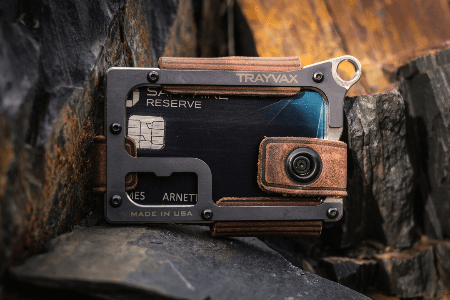
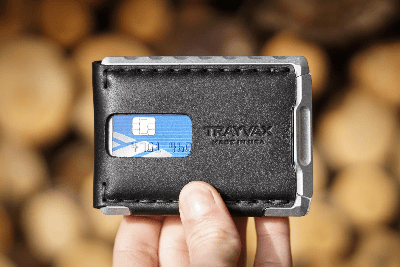
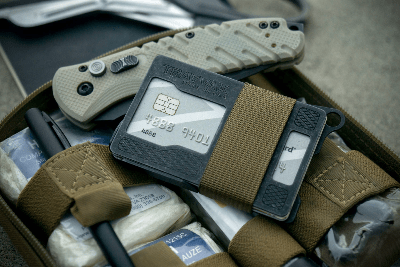
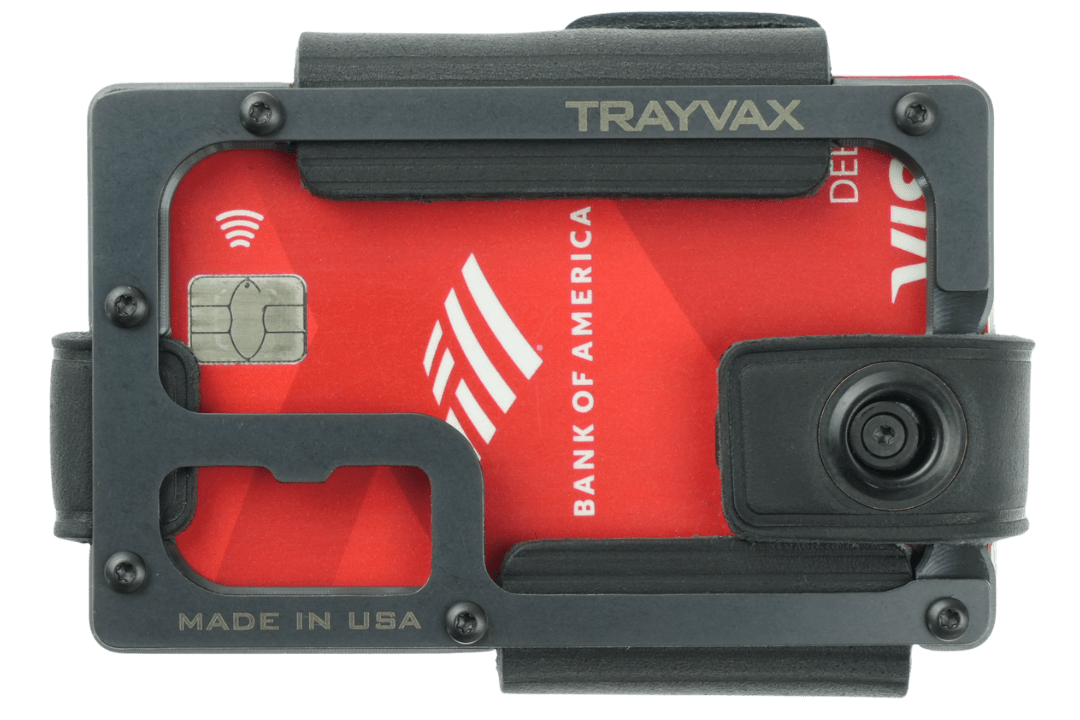



















































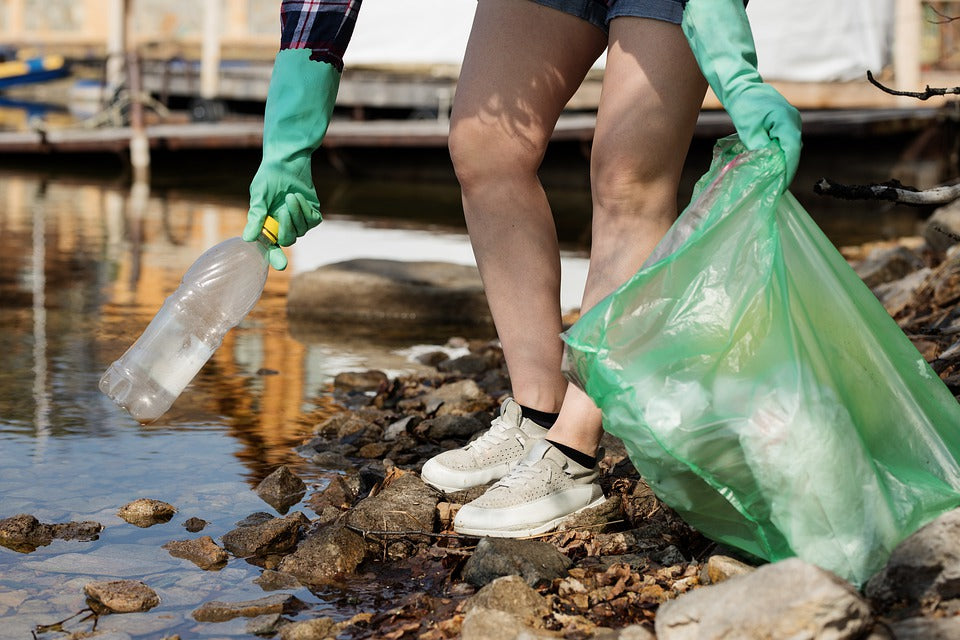
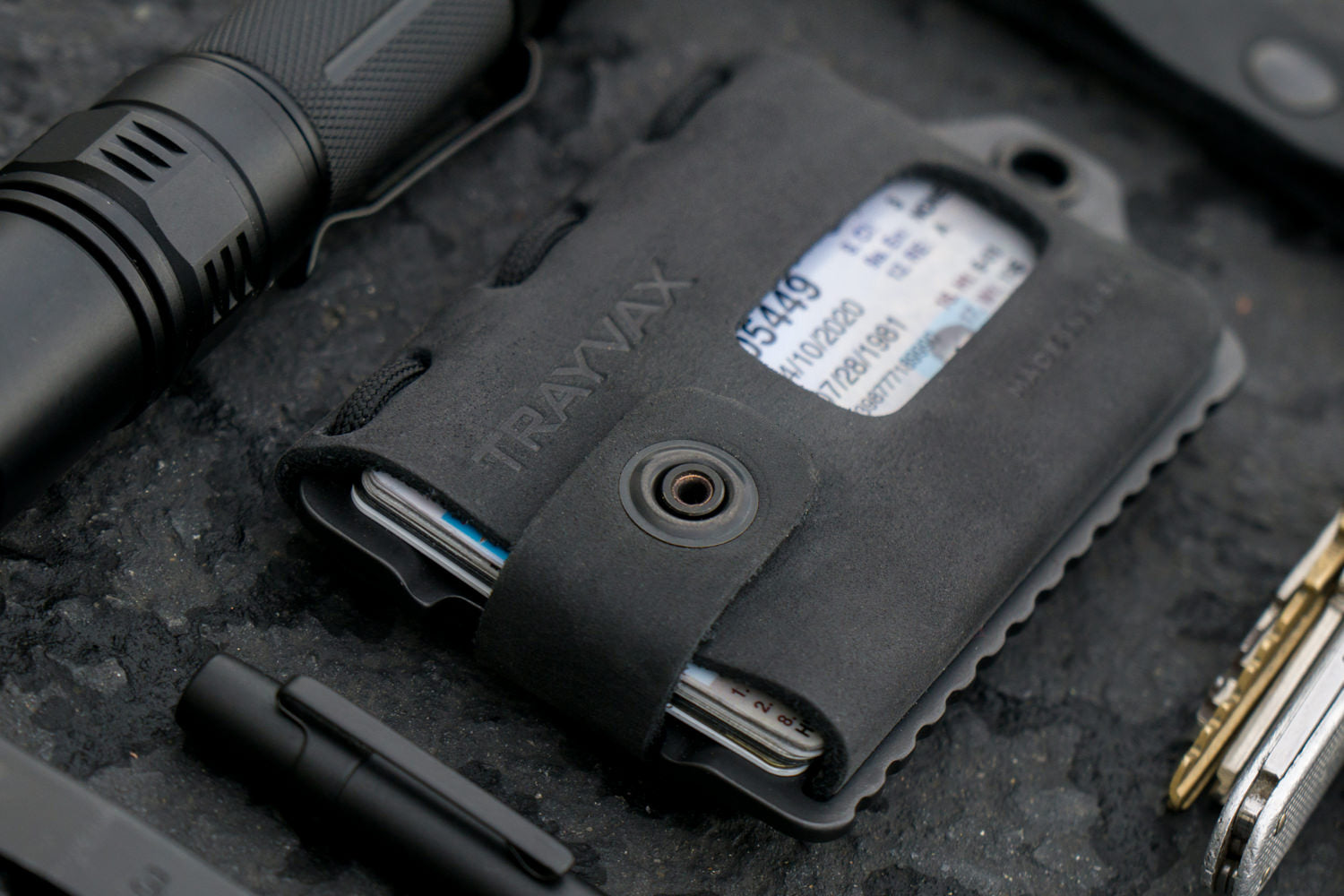
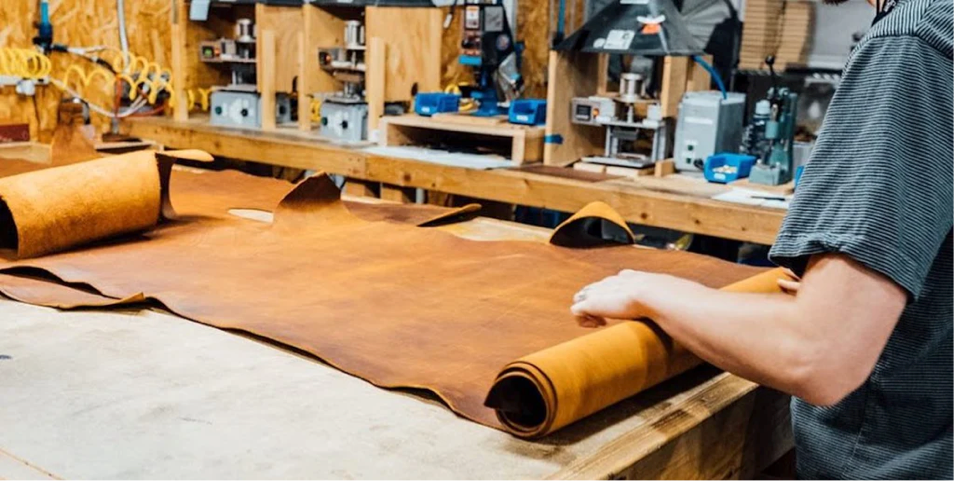
Leave a comment
All comments are moderated before being published.
This site is protected by hCaptcha and the hCaptcha Privacy Policy and Terms of Service apply.